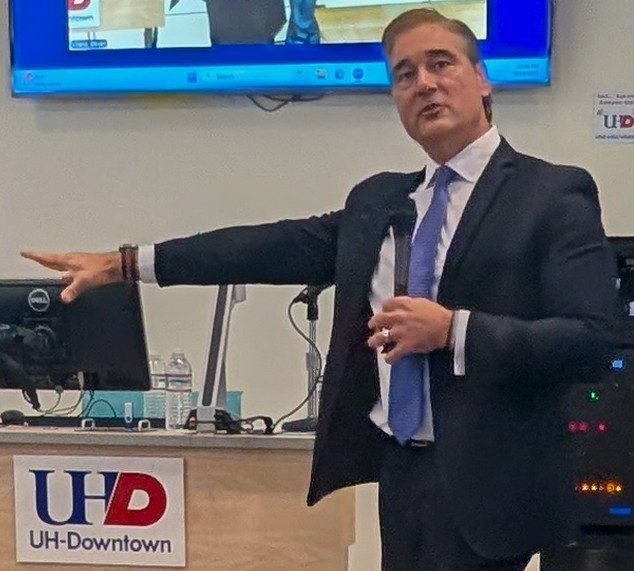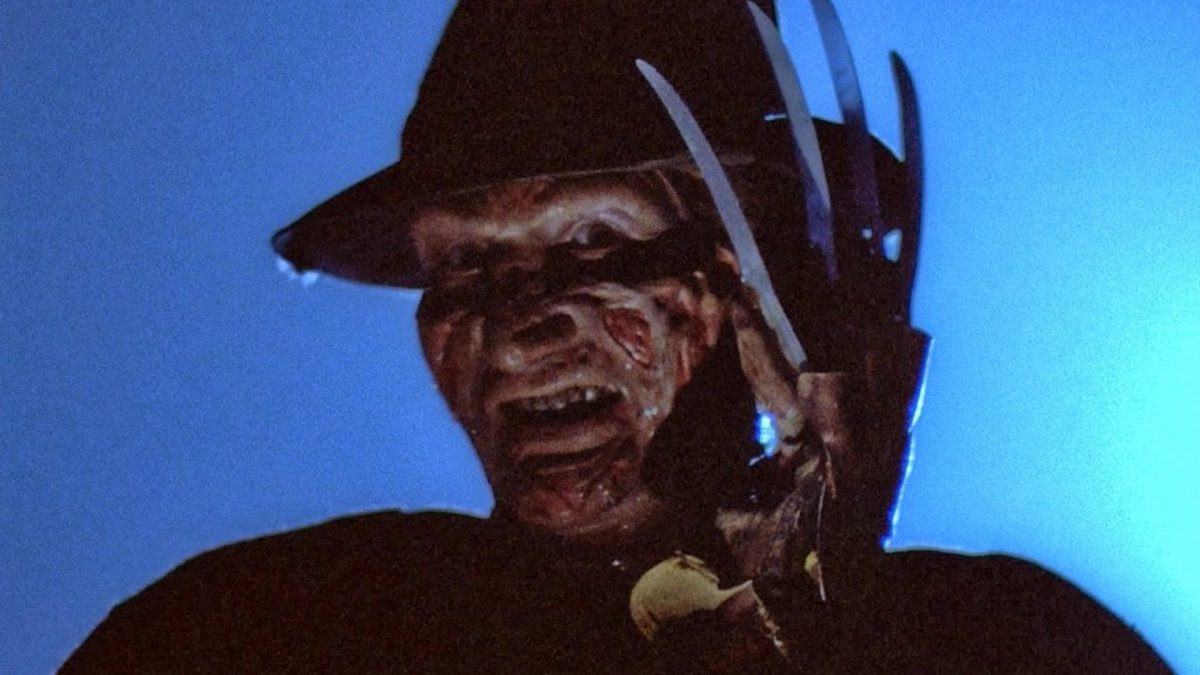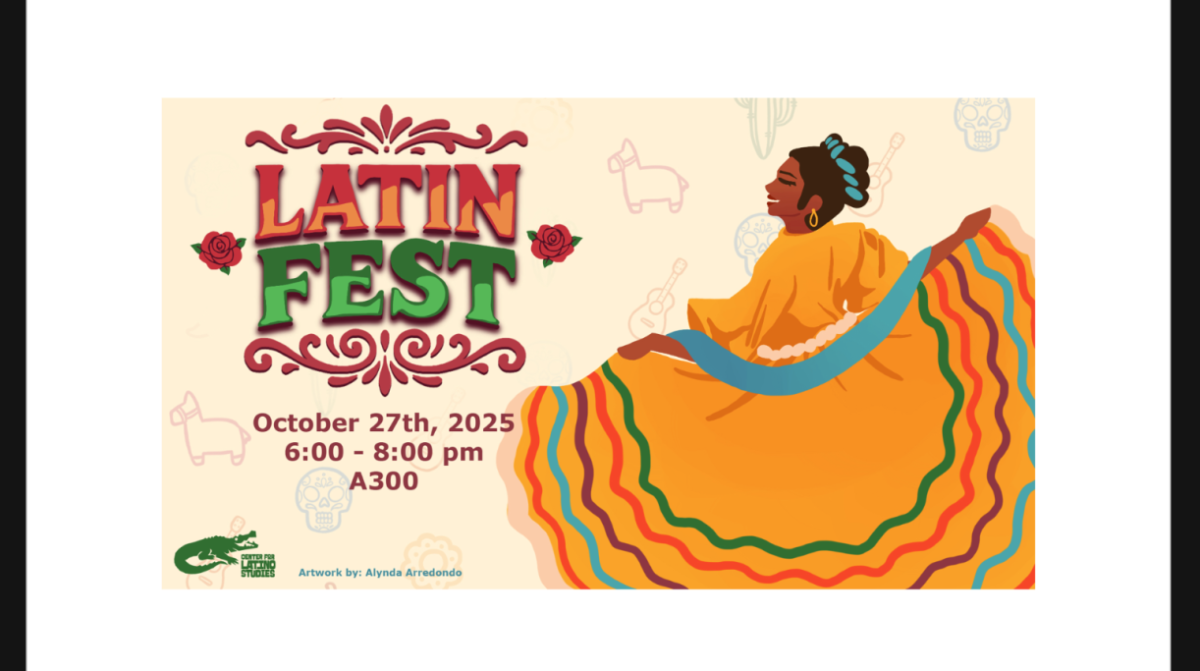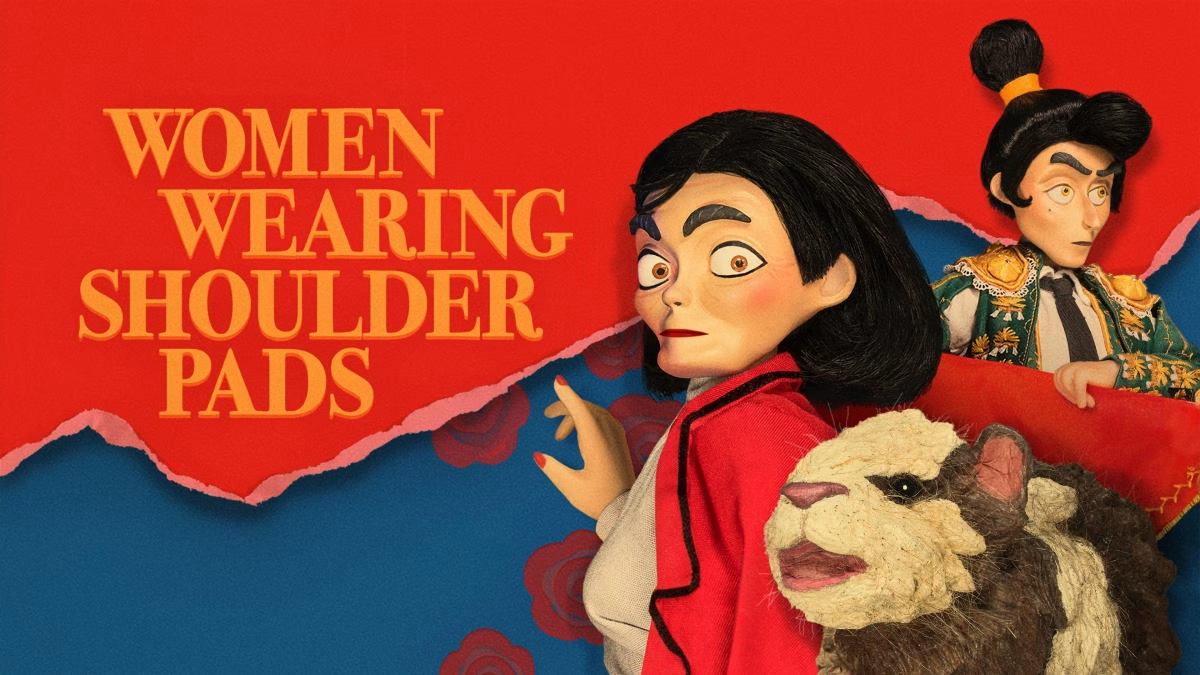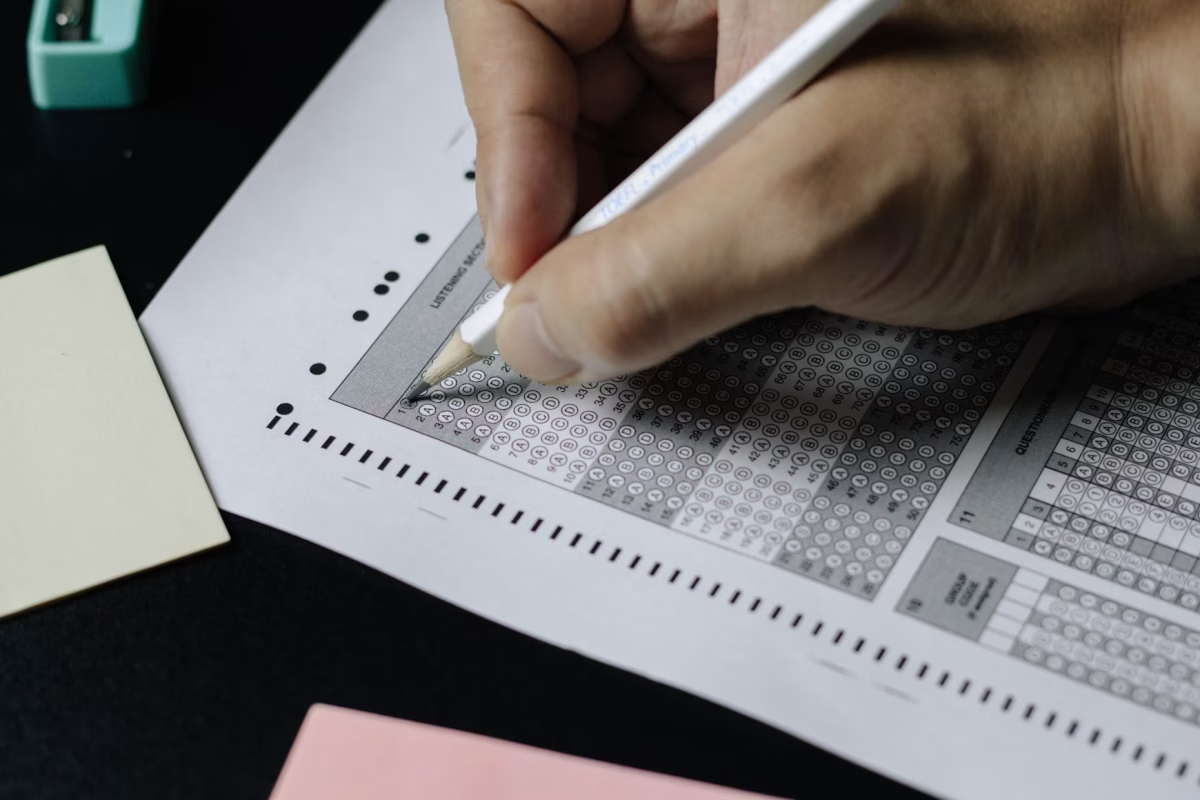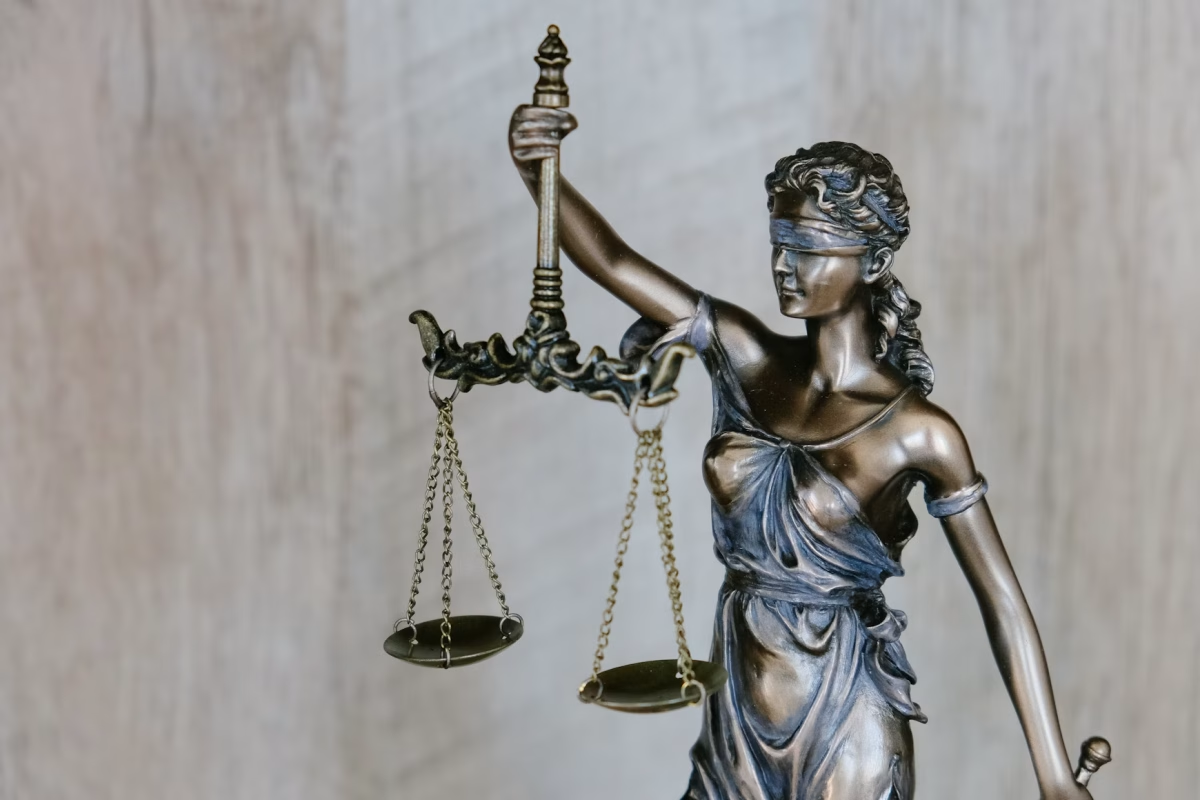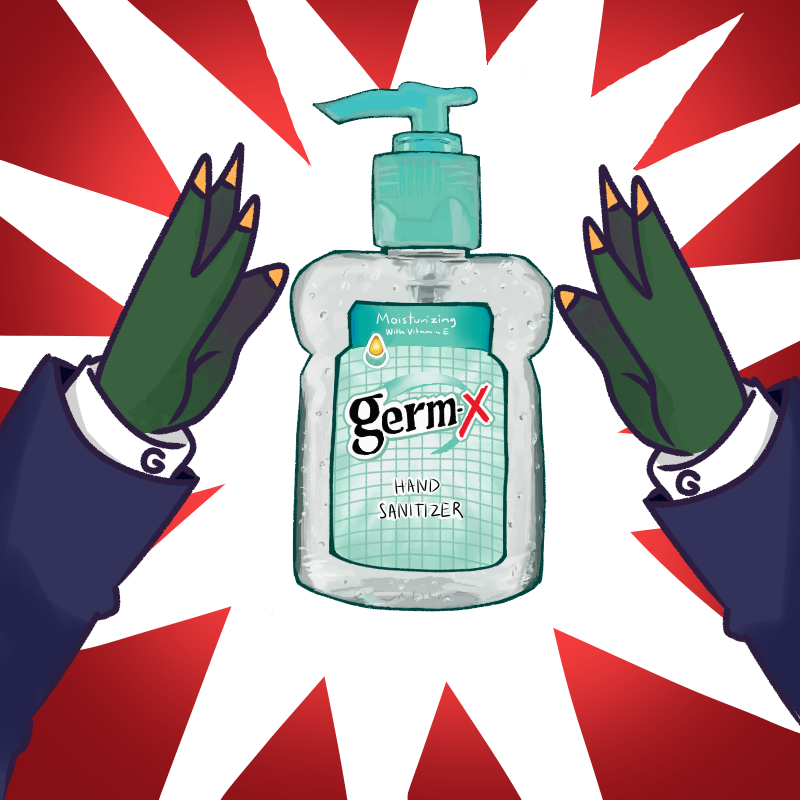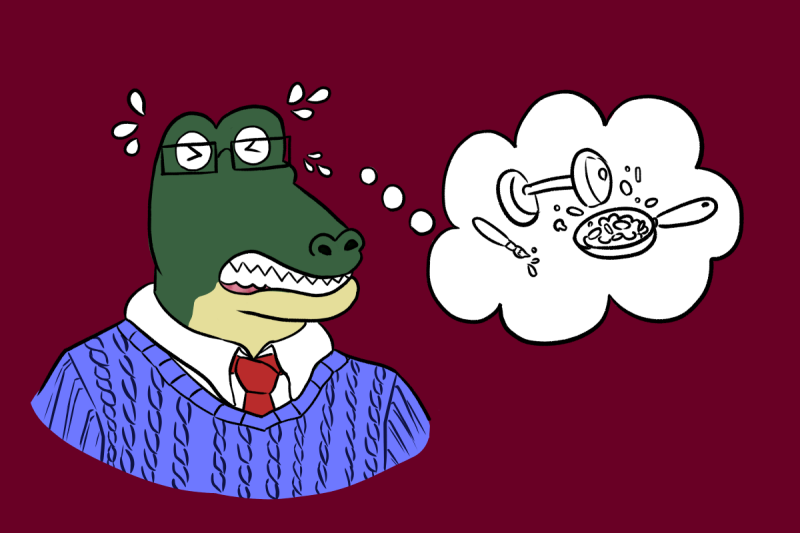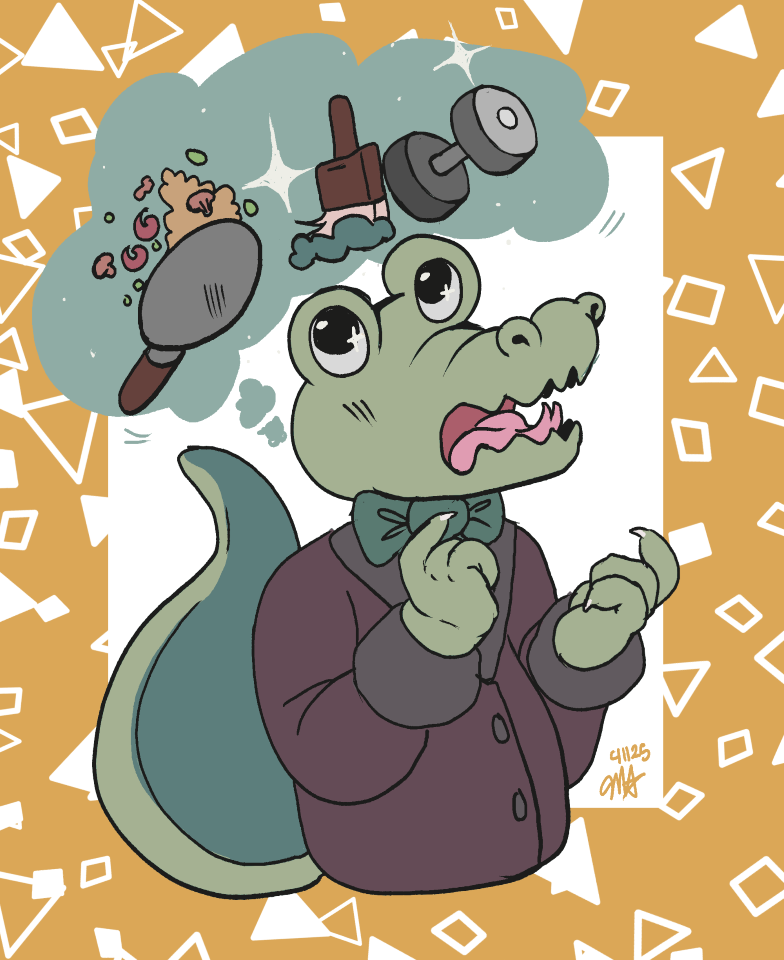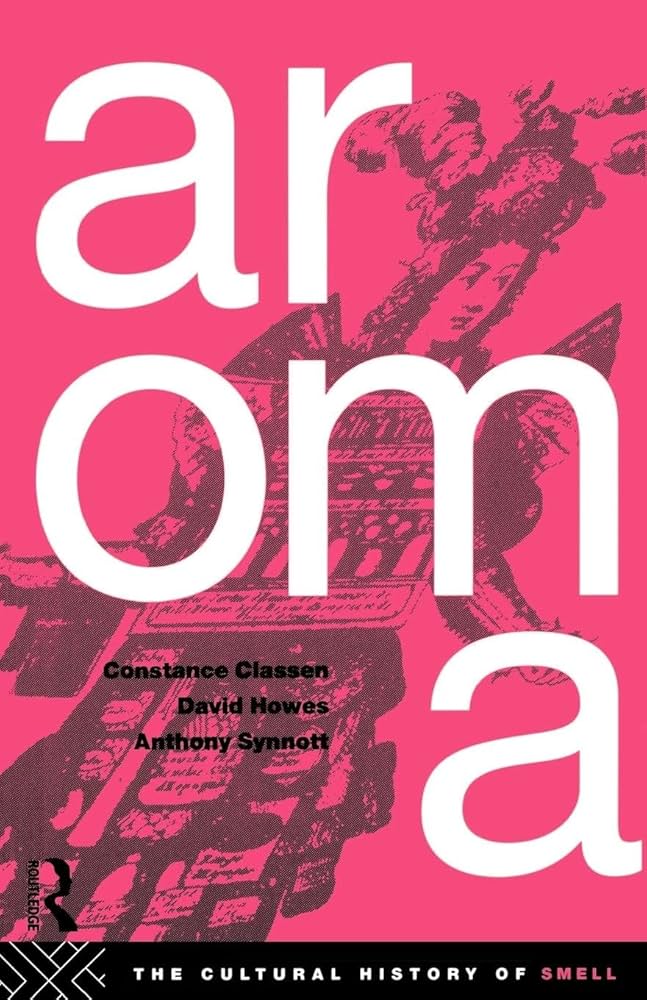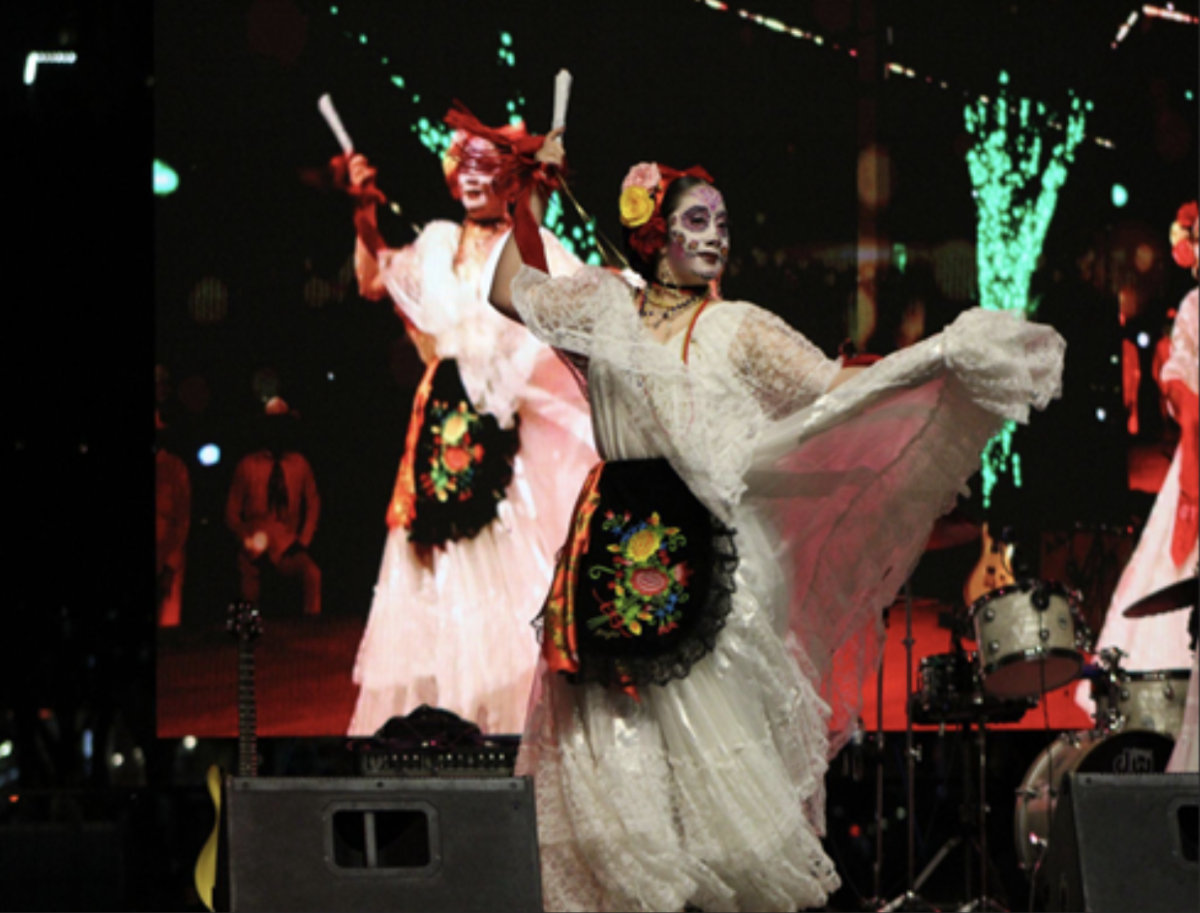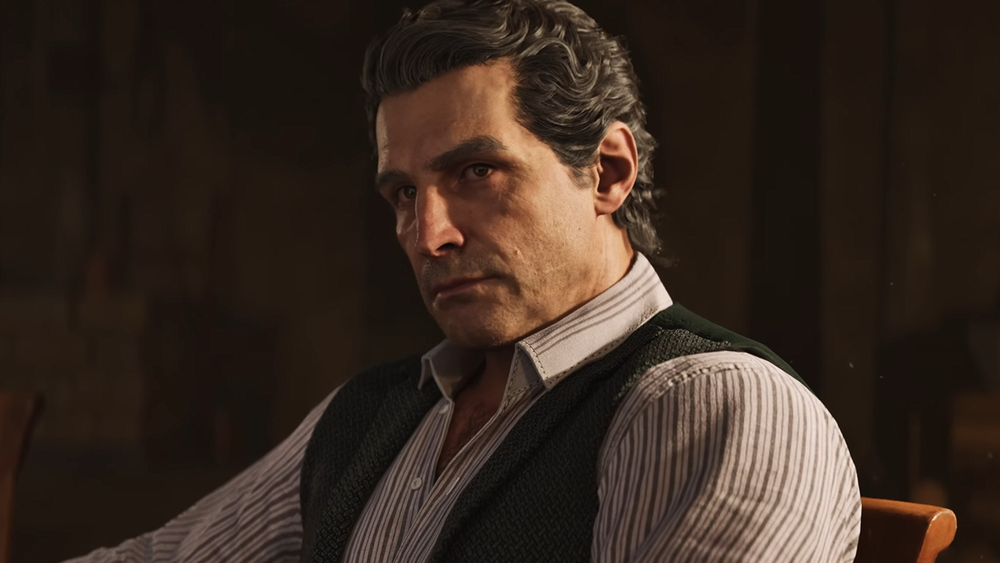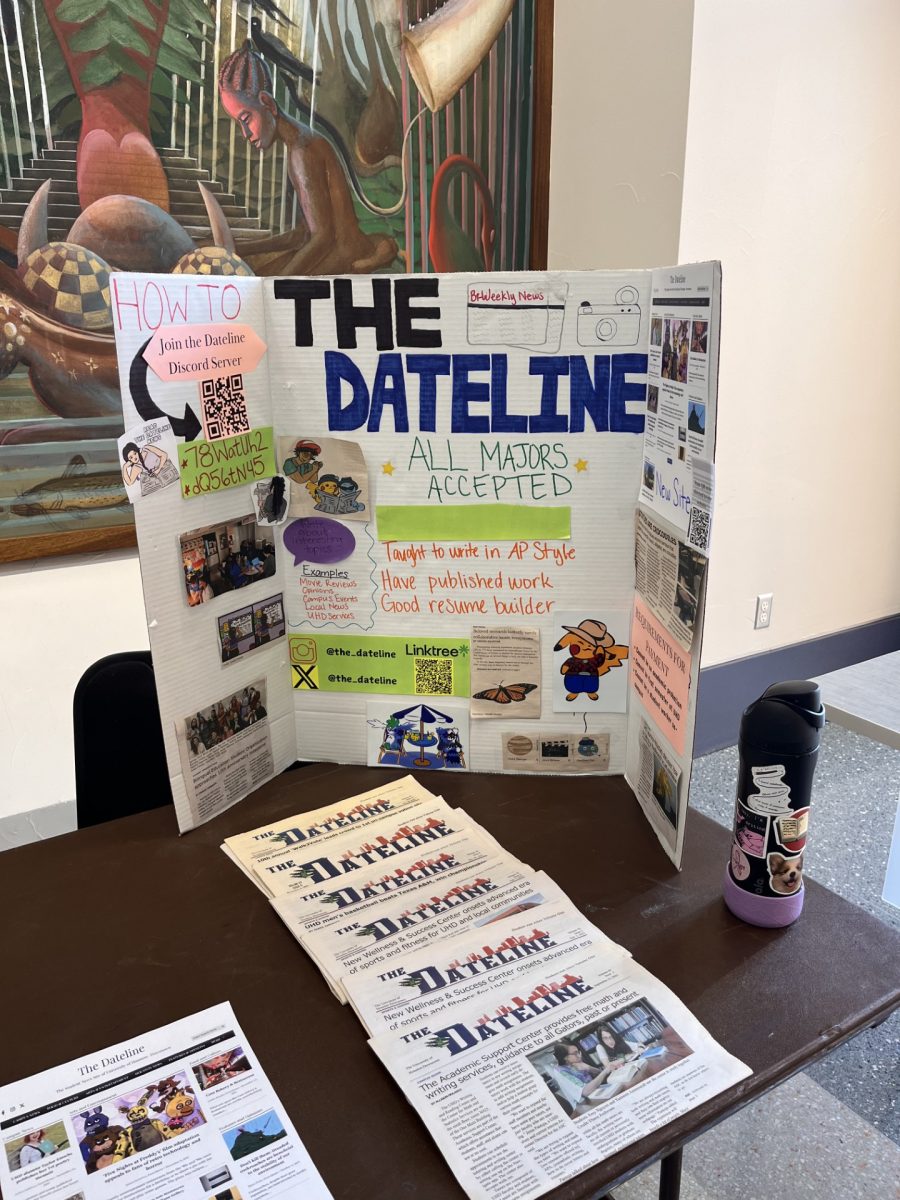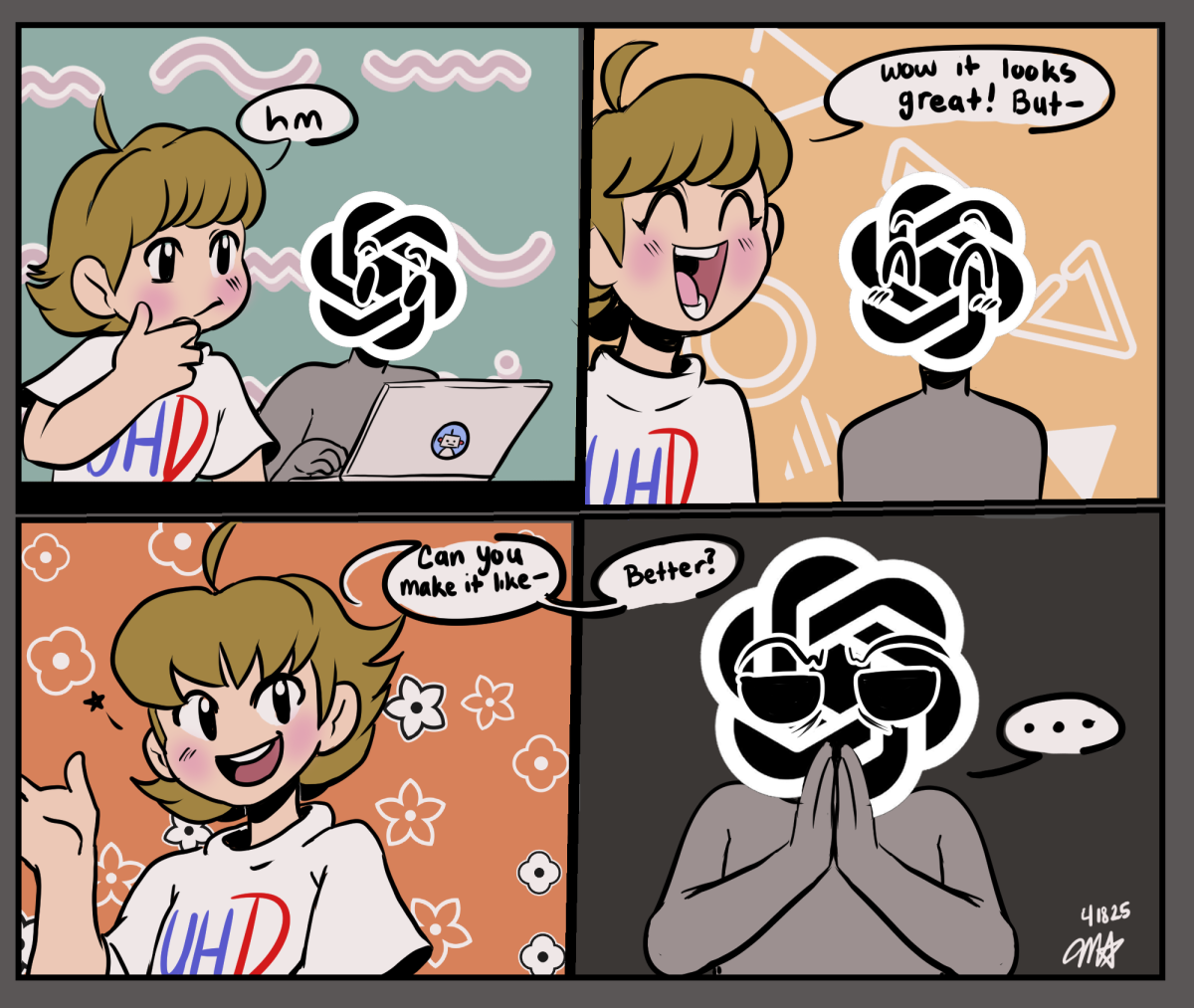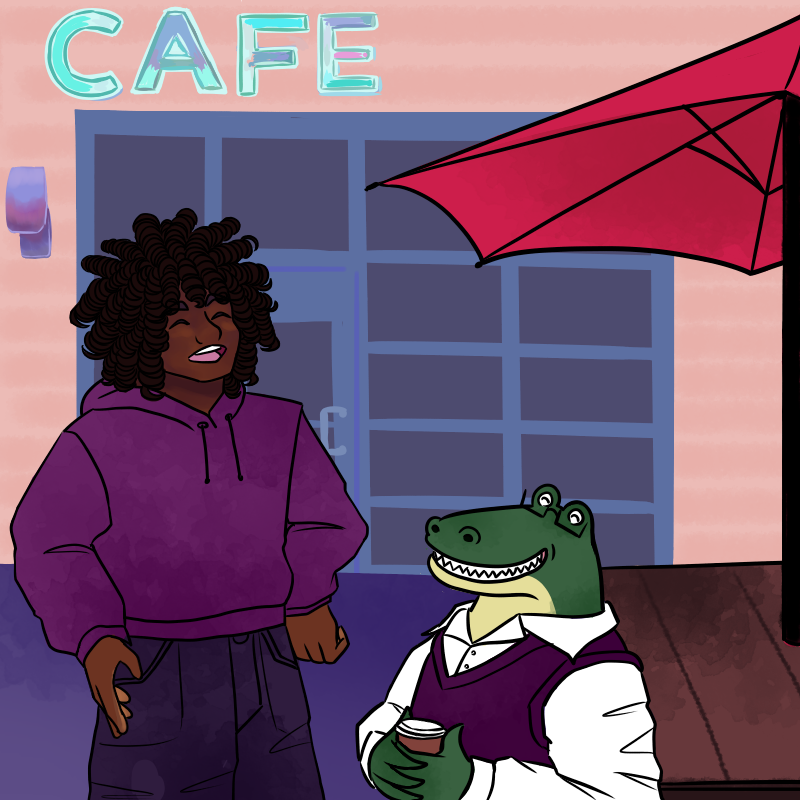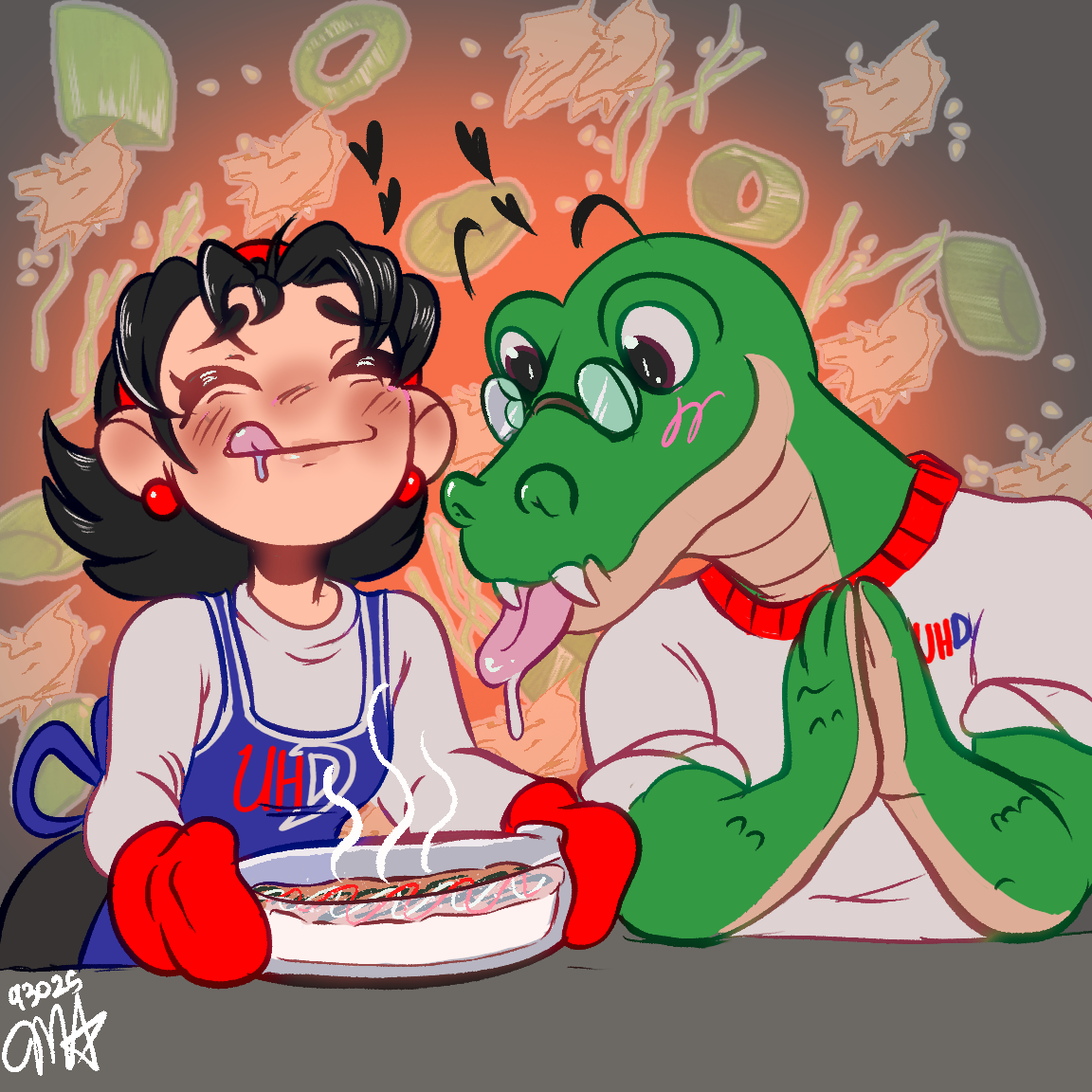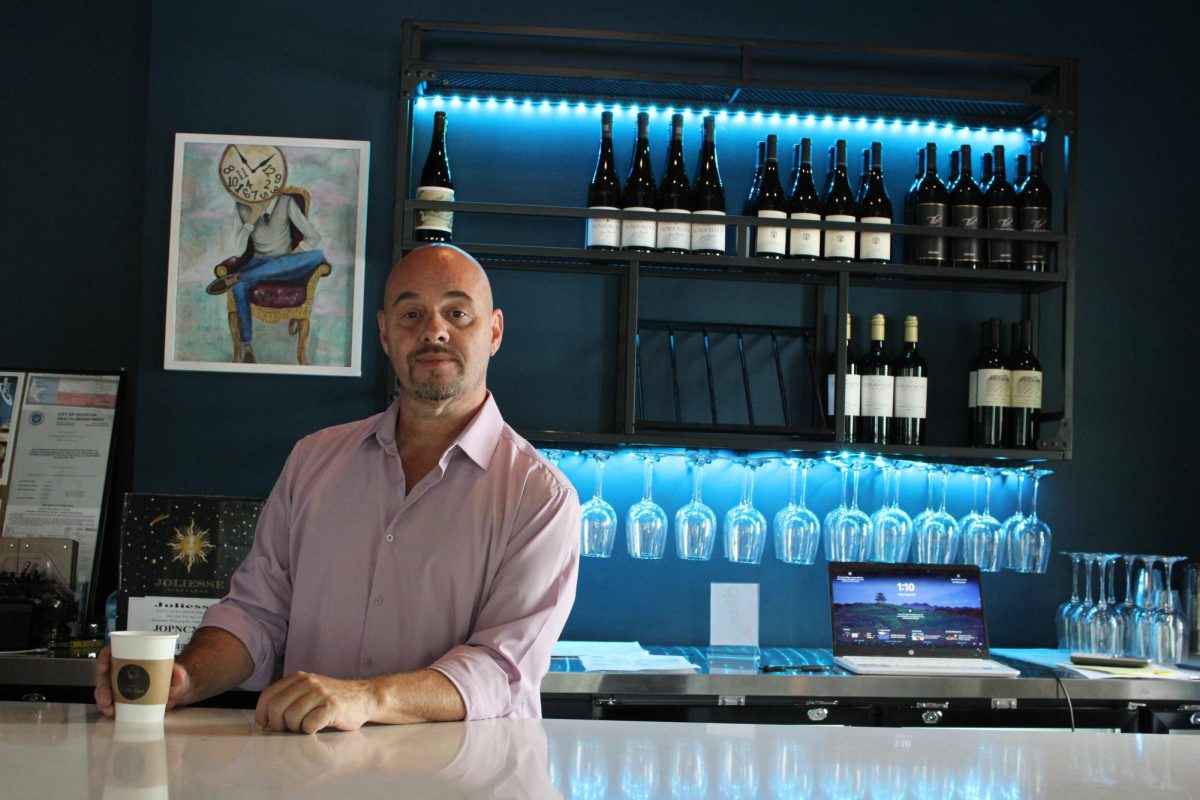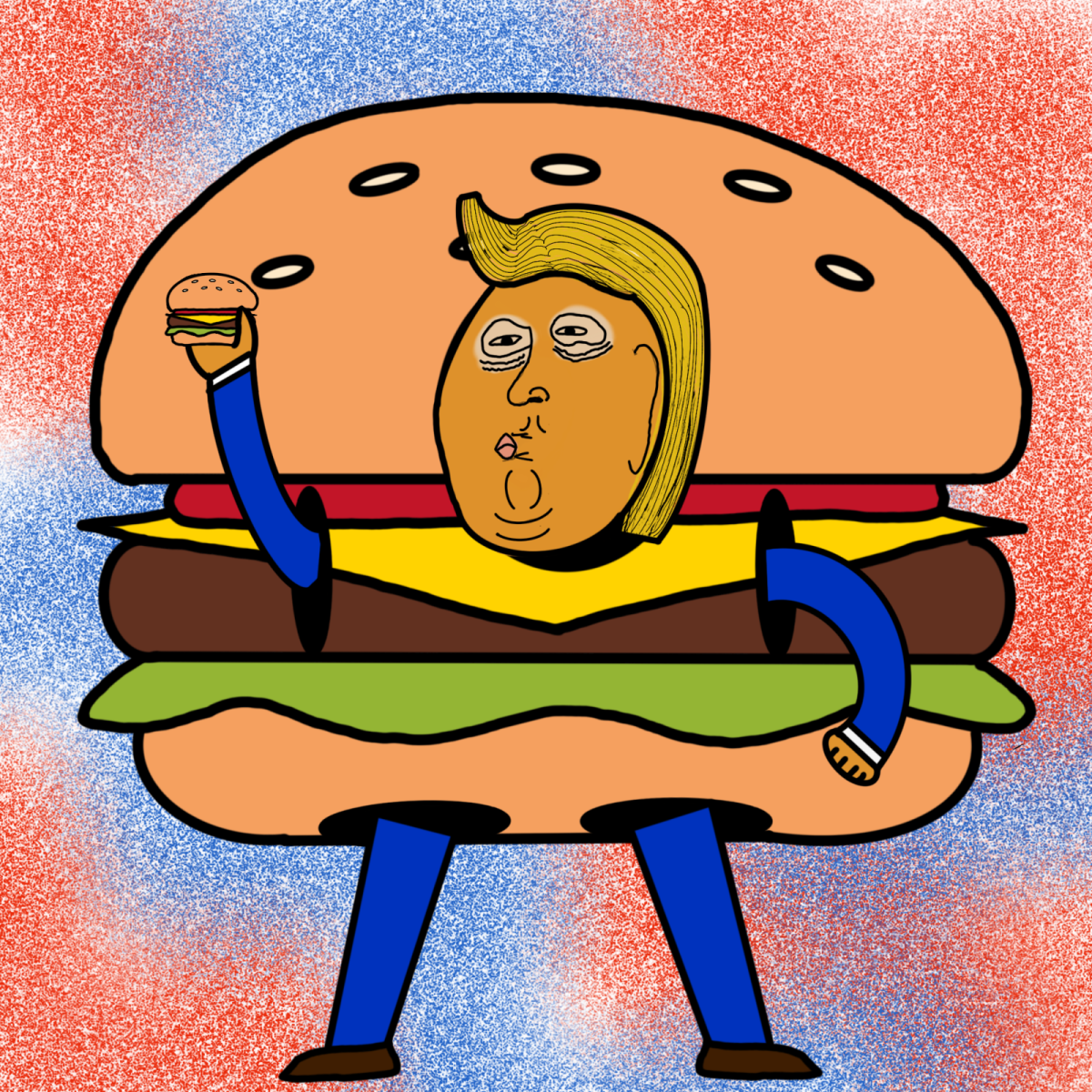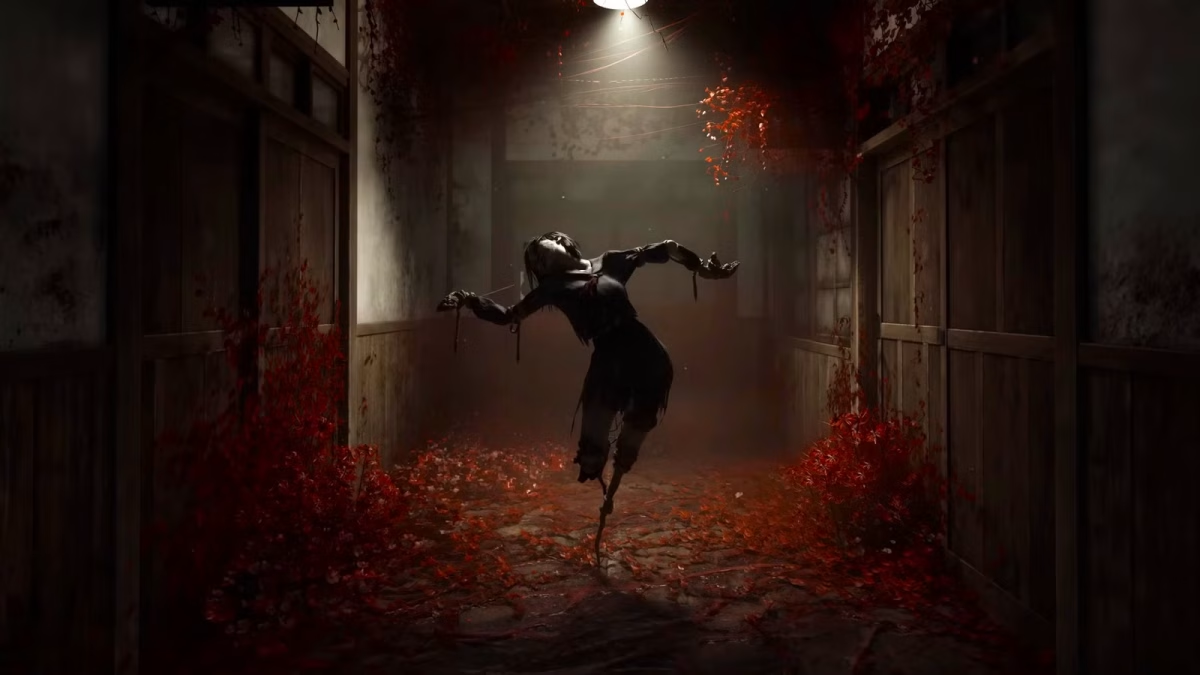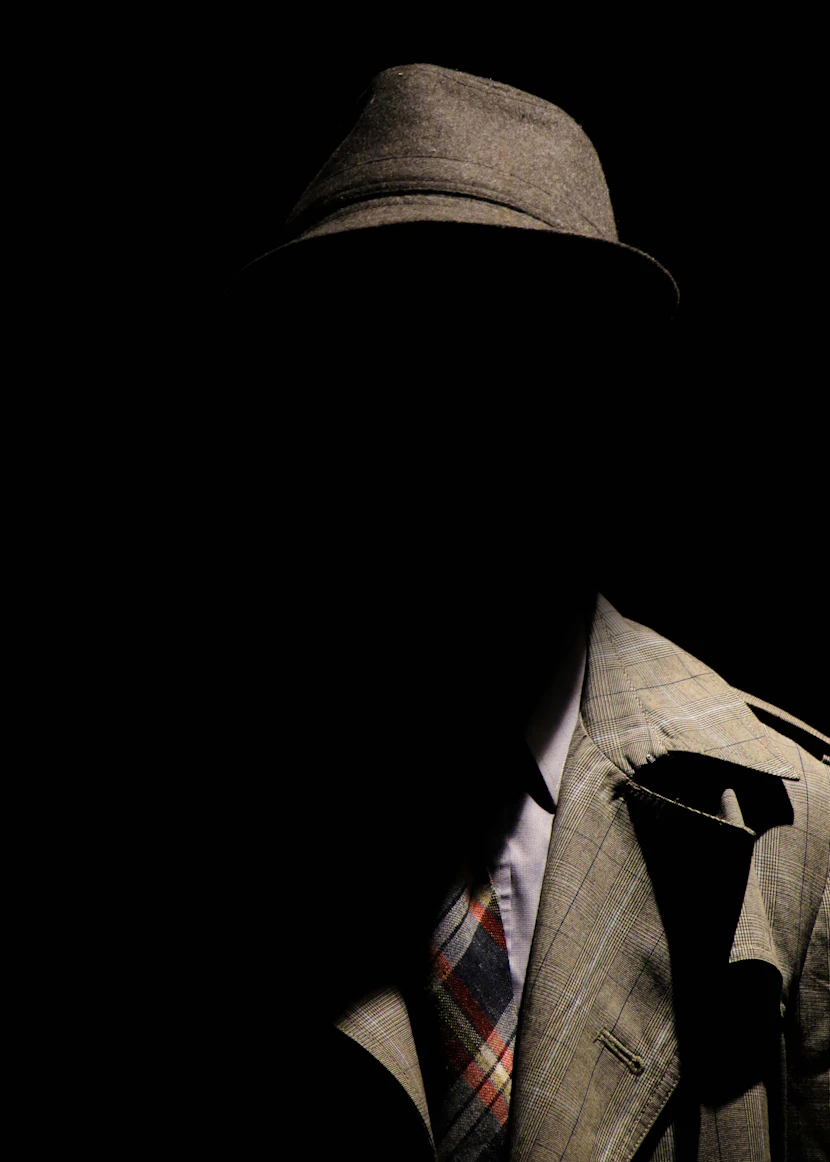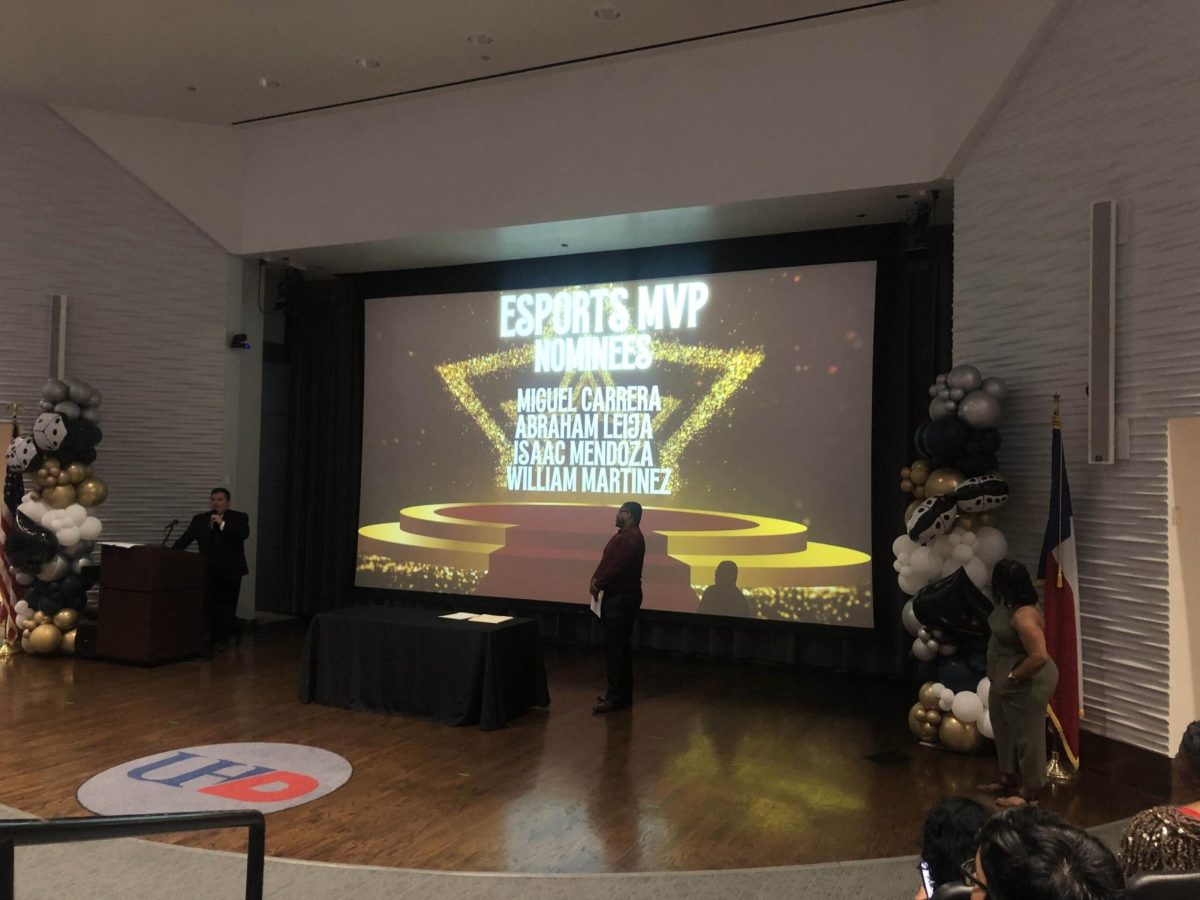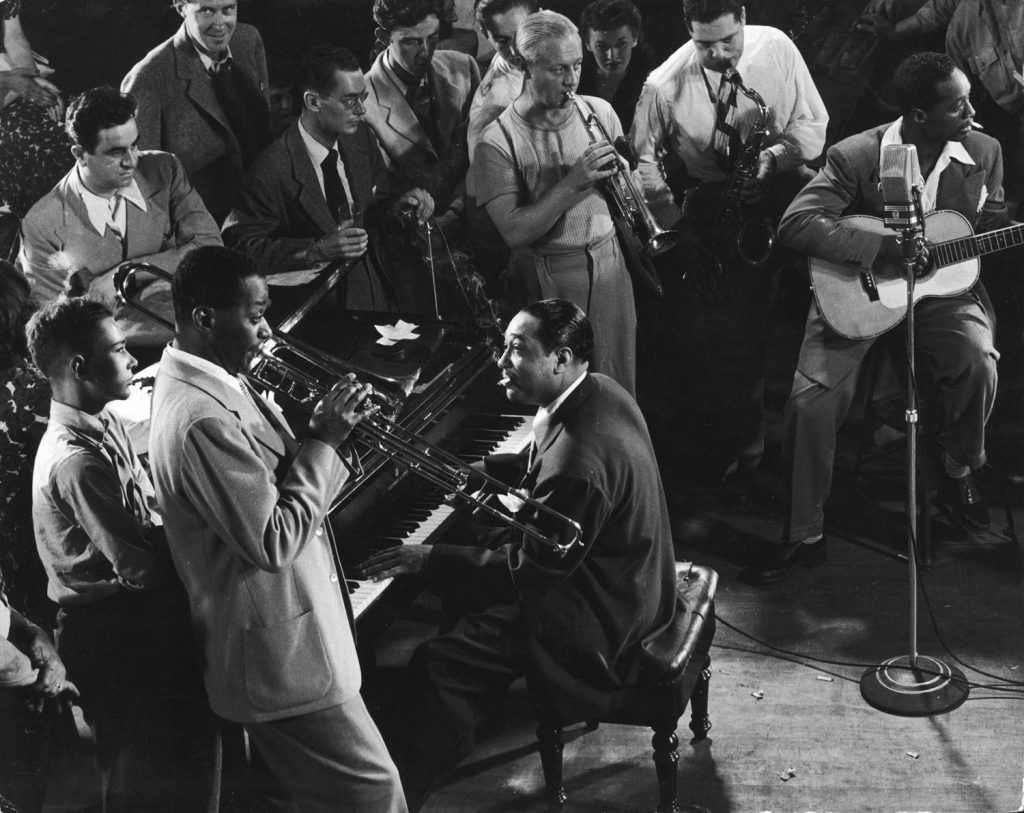Beyond his 50 years of composing, Duke Ellington served as the face of Black liberation and the struggle for racial justice. In his early career, Ellington and his band, the Washingtonians, were only allowed to enter venues through the back door and not interact with white patrons at the clubs where they would perform. During their tours, it was common for Ellington and Co. to be refused lodging and secure shows with racist promoters controlling much of the live music scene.
This was a common theme among Black American musicians during the Jim Crow era. White folks wanted to exploit the gifts of Black Americans while denying a shred of human decency in return.
The Washingtonians faced immense discrimination despite releasing a staple of Swing music with “It Don’t Mean a Thing (If It Ain’t Got That Swing).” Louis Armstrong, a fellow jazz musician, was famously sent to jail for standing outside his tour bus with his band. The oppressors wanted to enjoy Black entertainment while never acknowledging the Black person behind it.
Ellington grew up knowing the hardships he would face in his life and was taught at a young age that high achievement was the method to combat racial prejudice and stereotypes imposed on Black people. Throughout history, any form of expression by enslaved Black people was shunned.
Africans brought to the United States in bondage were purposefully placed in a way to prevent any form of intercommunication. Despite the attempts by white slaveowners to stifle free exchange of thought, enslaved Black people were able to find ways to communicate from their different cultures and languages. This led to the creation of African American English, an example of linguistic expression that arose amid hardship.
The same can be said of jazz which takes influence from blues, a genre originating from the work songs and field hollers of enslaved African Americans. Songs that provided spiritual expression, bonding, and comfort for enslaved people were not forgotten. The methods they used to express their toil, pain and grievances for the hardships they were in are preserved through jazz and blues.
“The music of my race is something more than the American idiom,” Ellington wrote for Rhythm magazine. “It is the result of our transplantation to American soil, and was our reaction in the plantation days to the tyranny we endured. What we could not say openly, we expressed in music.”
Not only is jazz a product of the Black experience, but it can also be used to be creatively explicit about the said experience.
“You can say anything you want on the trombone,” Ellington said to The New Yorker in 1944, “but you gotta be careful with words.”
The culmination of his written and spoken dialogue was realized with the performance of his composition called “Black, Brown & Beige” in 1943 with Ellington as conductor to an interracial audience.
“Black, Brown & Beige” is a composition of the struggle of Black Americans in the U.S., something Ellington had strived to create for a long time. His composition served to demonstrate the excellence of Black composers and musicians while utilizing music to get a point across.
Beyond integrating his words of protest into his compositions, Ellington also made sure to speak out on racial discrimination outside of music. At the height of sit-in protests in the 1960s, Ellington used the fame he had gained to shed light on them by going to a diner and getting turned away himself.
His rejection from sitting at a counter was immensely covered by the press and served to further kindle the Civil Rights Movement. To protest segregation in audiences at his performances such as at Little Rock’s Robinson Auditorium, Ellington proceeded to cancel them. Ellington’s refusal to perform to a segregated audience was a testament to the control he and other Black musicians had over their work.
Duke’s impact is still felt today. As expressed by Spencer Lightsy, Associate Director of Corporate and Foundation Relations at UHD:
“Duke Ellington’s activism was expressed through his music, benefit concerts, and work with civil rights organizations. My grandfather, Dr. Aaron Bell, played bass with Duke Ellington, and after Ellington’s passing, my grandfather continued that legacy by playing with the Ellington Alumni Band at the Jackie Robinson Foundation’s ‘Afternoon of Jazz.’ The ‘Afternoon of Jazz’ concerts raised funds for the Jackie Robinson Foundation to be able to provide college scholarships for high achieving students demonstrating financial need.”
The relationship between activism and music can still be seen today with mainstream music touching on racial issues in the U.S., such as “This is America” by Childish Gambino and the album “To Pimp a Butterfly” by Kendrick Lamar. Before that, songs such as “Ships Ahoy” by The O’Jays used the sounds of whips cracking to convey a chilling reminder of America’s origins.
Students can look at more examples of music with activism from Rolling Stone magazine’s Top 100 Protest Songs of All Time.

